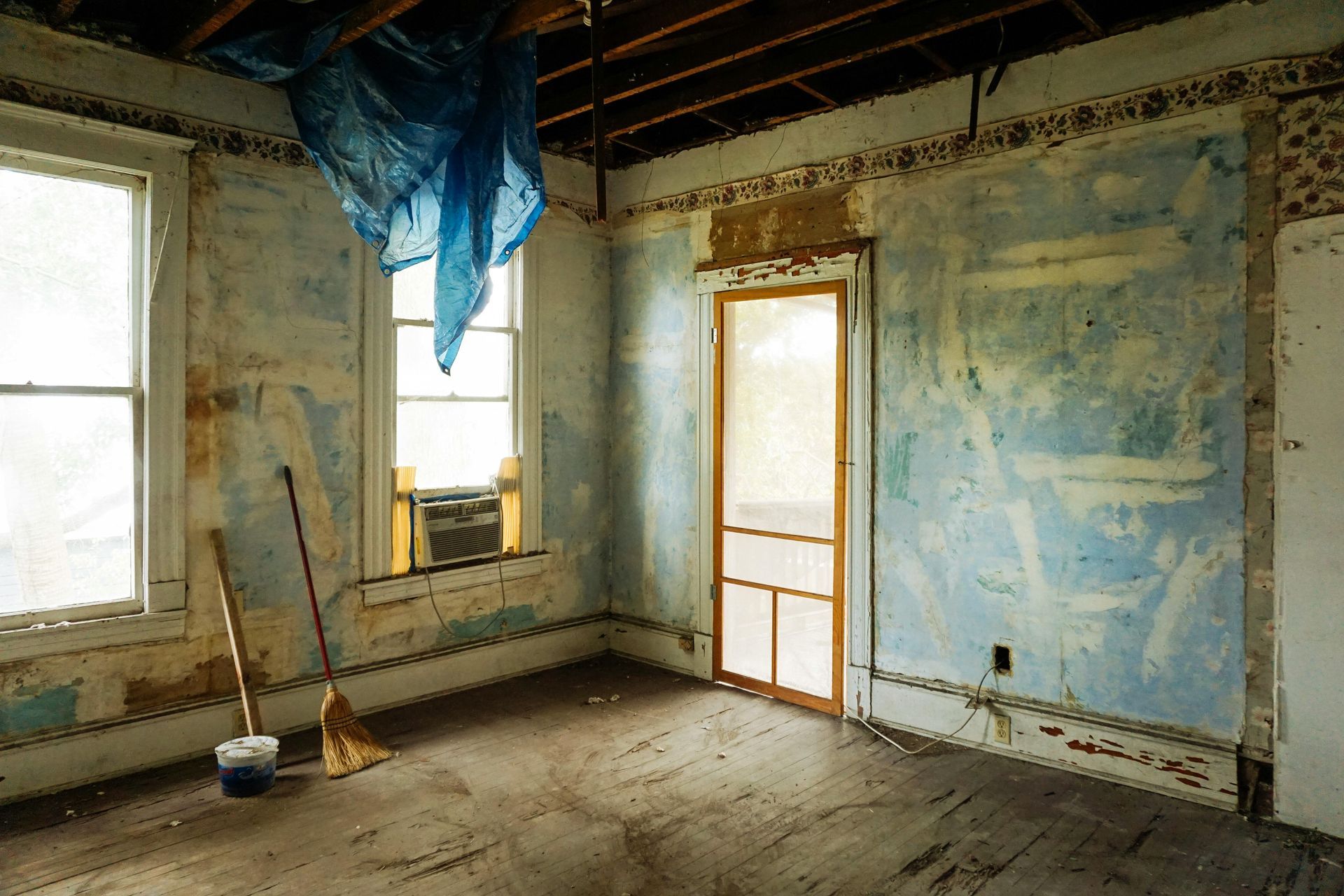Maximizing Space in Small Homes: Clever Design Ideas
Maximizing Space in Small Homes: Clever Design Ideas
Living in a small home doesn’t mean you have to sacrifice style or functionality. With clever design ideas and creative solutions, you can make the most of every square inch and create a space that feels larger, more organized, and truly your own. Here’s a comprehensive guide to maximizing space in small homes, complete with practical tips and design inspiration.
1. Embrace Multi-Functional Furniture
Multi-functional furniture is a game-changer for small homes. Pieces that serve multiple purposes allow you to save space without compromising on utility. Consider these options:
- Sofa Beds: Perfect for living rooms that double as guest rooms.
- Storage Ottomans: Provide seating, a footrest, and hidden storage.
- Murphy Beds: Fold away into the wall when not in use, freeing up floor space.
- Expandable Tables: Ideal for dining areas, these tables can be compact when you’re alone but extend to accommodate guests.
Investing in versatile furniture can dramatically increase the usability of your home.
2. Optimize Vertical Space
When floor space is limited, look up! Vertical storage solutions make use of often-overlooked areas and help keep clutter at bay. Here are some ideas:
- Shelving Units: Install shelves above doorways, along walls, or even in corners.
- Tall Cabinets: Maximize storage in kitchens and bathrooms by choosing cabinets that reach the ceiling.
- Hooks and Pegboards: Perfect for organizing kitchen tools, coats, or accessories.
- Lofted Beds: Create additional living or work areas underneath elevated sleeping spaces.
Utilizing vertical space adds storage while maintaining an open and airy feel.
3. Use Light and Color to Your Advantage
The right color palette and lighting can make a small space feel larger and more inviting. Consider these strategies:
- Light Colors: Opt for soft, neutral tones on walls and furniture to reflect light and create an expansive effect.
- Mirrors: Strategically placed mirrors bounce light around the room and add depth.
- Natural Light: Maximize sunlight by using sheer curtains or leaving windows unobstructed.
- Layered Lighting: Combine overhead lights, task lighting, and accent lighting to add dimension and warmth.
A well-lit space with thoughtful color choices can transform even the smallest rooms.
4. Create Zones Within Open Spaces
Open-concept layouts can feel chaotic without clear divisions. Creating distinct zones helps define each area’s purpose and makes the space more functional. Here’s how:
- Rugs: Use different rugs to delineate areas like the living room, dining space, and workspace.
- Furniture Placement: Arrange furniture to naturally separate zones, such as placing a sofa to divide the living area from the kitchen.
- Screens and Dividers: Lightweight partitions or folding screens can create privacy without permanently closing off spaces.
Establishing zones ensures every part of your home is used efficiently.
5. Declutter and Organize
Clutter is the enemy of small spaces. A minimalist approach to possessions can make your home feel more open and serene. Here’s how to tackle it:
- Declutter Regularly: Keep only items you love and use frequently.
- Hidden Storage: Use furniture with built-in storage to stow away items.
- Label Systems: Maintain order by categorizing and labeling containers.
- Digital Storage: Opt for digital versions of books, movies, and documents to reduce physical clutter.
A streamlined, organized space feels larger and more manageable.
6. Maximize Kitchen Efficiency
Small kitchens can be both functional and stylish with the right design elements. Consider these tips:
- Pull-Out Pantries: Utilize narrow gaps for hidden storage.
- Hanging Racks: Store pots, pans, and utensils on wall-mounted racks.
- Magnetic Strips: Use these to hold knives or spice jars.
- Compact Appliances: Invest in slim, multi-functional appliances that save counter space.
A well-organized kitchen can make cooking enjoyable, even in a compact area.
7. Make Bathrooms Work Harder
Small bathrooms can feel cramped, but smart solutions can maximize functionality:
- Wall-Mounted Fixtures: Save floor space with floating sinks and toilets.
- Recessed Shelving: Build shelves into walls to hold toiletries.
- Shower Niches: Add built-in niches for storage instead of bulky caddies.
- Slim Vanities: Choose narrower vanities with storage to fit tighter spaces.
A thoughtful bathroom layout ensures comfort and convenience without overcrowding.
8. Incorporate Built-Ins
Custom built-ins are an excellent way to maximize every inch of space. Consider these options:
- Window Seats: Add storage and seating beneath windows.
- Closet Systems: Optimize closets with adjustable shelves, drawers, and rods.
- Under-Stair Storage: Utilize the area beneath stairs for cabinets or bookshelves.
- Home Office Nooks: Create a functional workspace in unused corners.
Built-ins provide storage while blending seamlessly into your home’s design.
9. Embrace Minimalism in Decor
Too many decorative elements can overwhelm a small space. Embrace minimalism to maintain a clean and cohesive look:
- Statement Pieces: Choose one or two standout items instead of multiple smaller decorations.
- Hidden Technology: Opt for wireless or built-in tech to reduce visual clutter.
- Neutral Fabrics: Use simple patterns and textures on upholstery and curtains.
A minimalist approach enhances the sense of space and calmness in your home.
10. Invest in Custom Solutions
Every small home is unique, and custom solutions can address specific challenges. Work with professionals to design:
- Furniture: Tailor pieces to fit unusual dimensions or multi-functional needs.
- Storage Systems: Create storage tailored to your belongings and lifestyle.
- Layout Adjustments: Optimize the flow and usability of your space through thoughtful renovations.
Custom solutions ensure that every aspect of your home works for you.
Conclusion
Maximizing space in small homes requires creativity, planning, and a willingness to think outside the box. By embracing multi-functional furniture, utilizing vertical space, and incorporating clever design ideas, you can create a home that’s both functional and stylish. Whether you’re living in a tiny apartment or a cozy cottage, these strategies will help you make the most of every square foot while maintaining a comfortable and inviting atmosphere.
You might also like

Book a Service Today
We will get back to you as soon as possible
Please try again later



